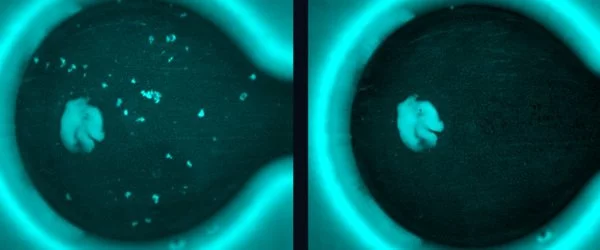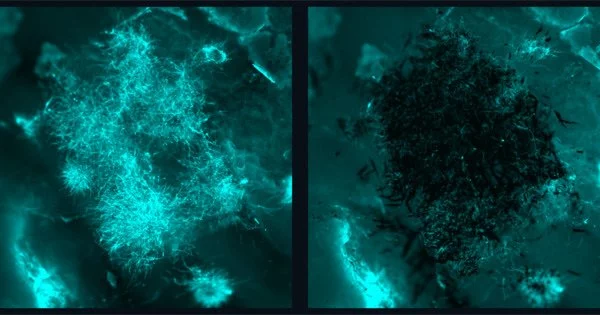In the field of fungal infection targeting, nanorobotic systems hold a lot of promise. Due to the complex structure of fungal cells and their ability to adapt and develop resistance to conventional antifungal drugs, fungal infections can be difficult to treat. However, nanorobots provide distinct advantages that have the potential to overcome these constraints.
Because of their resistance to existing treatments, infections caused by fungi, such as Candida albicans, pose a significant global health risk, prompting the World Health Organization to prioritize this issue. Although nanomaterials show promise as antifungal agents, current iterations lack the potency and specificity required for rapid and targeted treatment, resulting in longer treatment times and the possibility of off-target effects and drug resistance.
Now, in a groundbreaking development with far-reaching implications for global health, a team of researchers jointly led by Hyun (Michel) Koo of the University of Pennsylvania School of Dental Medicine and Edward Steager of Penn’s School of Engineering and Applied Science has created a microrobotic system capable of rapid, targeted elimination of fungal pathogens.
The methods we use to control the nanoparticles in this study are magnetic, which allows us to direct them to the exact infection location. We use iron oxide nanoparticles, which have another important property, namely that they’re catalytic.
Edward Steager
“Candidae forms tenacious biofilm infections that are particularly hard to treat,” Koo says. “Current antifungal therapies lack the potency and specificity required to quickly and effectively eliminate these pathogens, so this collaboration draws from our clinical knowledge and combines Ed’s team and their robotic expertise to offer a new approach.”
The researchers are part of Penn Dental’s Center for Innovation & Precision Dentistry, which uses engineering and computational approaches to discover new knowledge for disease mitigation and advance oral and craniofacial health care innovation.
The researchers used recent advances in catalytic nanoparticles known as nanozymes to build miniature robotic systems that could accurately target and quickly destroy fungal cells for this paper, which was published in Advanced Materials. They accomplished this by using electromagnetic fields to precisely control the shape and movement of these nanozyme microrobots.

“The methods we use to control the nanoparticles in this study are magnetic, which allows us to direct them to the exact infection location,” Steager says. “We use iron oxide nanoparticles, which have another important property, namely that they’re catalytic.”
Steager’s team improved the motion, velocity, and formations of nanozymes, resulting in increased catalytic activity, similar to the enzyme peroxidase, which aids in the breakdown of hydrogen peroxide into water and oxygen. This allows for the direct production of large amounts of reactive oxygen species (ROS), compounds with proven biofilm-destroying properties, at the site of infection.
The truly groundbreaking aspect of these nanozyme assemblies, however, was an unexpected discovery: their strong binding affinity to fungal cells. This property allows for the accumulation of nanozymes precisely where the fungi reside and, as a result, targeted ROS generation.
“Our nanozyme assemblies show an incredible attraction to fungal cells, particularly when compared to human cells,” Steager says. “This specific binding interaction paves the way for a potent and concentrated antifungal effect without affecting other uninfected areas.”
This, in combination with the nanozyme’s inherent maneuverability, results in a potent antifungal effect, demonstrating the rapid eradication of fungal cells within an unprecedented 10-minute window. Looking ahead, the team sees the potential of this novel nanozyme-based robotics approach as they incorporate new methods for automating nanozyme control and delivery. Its potential for antifungal therapy is just getting started. Its precise targeting and rapid action suggest that it has the potential to treat other types of difficult infections.
“We’ve discovered a potent weapon in the fight against pathogenic fungal infections,” says Koo. “What we’ve accomplished here is a significant step forward, but it’s only the first step.” The magnetic and catalytic properties, combined with the unexpected fungi binding specificity, open up exciting possibilities for an automated ‘target-bind-and-kill’ antifungal mechanism. We’re excited to delve deeper and realize its full potential.”
This robotics approach ushers in a new era in the fight against fungal infections, marking a watershed moment in antifungal therapy. Medical and dental professionals are closer than ever to effectively combating these difficult pathogens now that they have a new tool in their arsenal.





